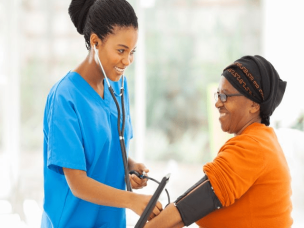Patient participation rates in clinical trials can directly impact future patient outcomes, as high enrollment is necessary for understanding the effects of novel therapies. In addition to sheer enrollment numbers, clinical trial enrollment must also adequately represent the population in terms of race, age, and other factors.
Unfortunately, there are currently significant disparities in cancer clinical trial enrollment, and only 3-5% of patients enroll in a clinical trial at all. This study, published in Advances in Cancer Research, investigates interventions that can increase patient enrollment.
The researchers utilized a patient barrier checklist that recorded and isolated barriers to clinical trial enrollment among patients with cancer. They relied on a team of lay navigators who used various educational methods to encourage clinical trial enrollment. Among the most common barriers to enrollment were fear, communication difficulties, and insurance and transportation issues.
The most common activities that the navigators engaged in involved making referrals and contact on behalf of patients. They also arranged equipment, financial, medication, and transportation services for patients. The most difficult issues to overcome were primarily financial and material problems, such as loss of housing and difficulty paying household bills.
The researchers concluded that improved patient navigation through education and communication interventions and coordination of services could facilitate clinical trial enrollment. Certain economic disparities are not as straightforward to overcome [1].
Source:
[1] Cartmell, K. B., Bonilha, H. S., Simpson, K. N., Ford, M. E., Bryant, D. C., & Alberg, A. J. (2020). Patient barriers to cancer clinical trial participation and navigator activities to assist. Advances in Cancer Research, 139–166. https://doi.org/10.1016/bs.acr.2020.01.008










